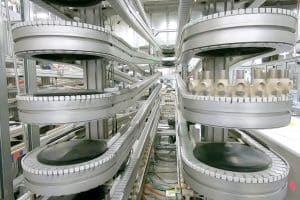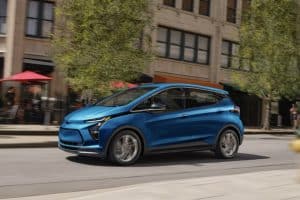Tesla will reintroduce a previously axed regenerative braking setting for its drivers, which can slow the vehicle without having to apply the brake pedal, storing the energy to be applied later, resulting in a boost in range.
The issue with regenerative braking is that it is not a present feature in many cars, so some drivers are not familiar with how it works, its advantages, or the particularly different feel that comes with operating a vehicle outfitted with it.
Tesla introduced regenerative braking in its vehicles to increase range by storing the kinetic energy generated from braking for later use and to help certain vehicle parts last longer, like brake pads, for example. It can help the lifespan of these braking components last more than 50 percent longer.
With the introduction of the feature, Tesla had two options: low and normal, but in newer vehicles, normal was the only setting available because it was the more efficient of the two and contributed to greater range contribution and less wear to braking components due to less use.
Now it seems Tesla is looking to reintroduce the “Low” regenerative braking option in its vehicles, according to NotaTeslaApp.
Users who were accidentally given access to changes temporarily noticed the reintroduction of the low regenerative braking mode, which seems to indicate Tesla plans to roll out the feature to newer cars that have not had access to it yet.
With the addition of the feature, Tesla is allowing drivers to cater their driving experience to their own preferences. Regenerative braking is an advantage many electric and hybrid vehicle drivers can access. It undoubtedly assists in the longevity of braking components and increased range in EVs and gas mileage in hybrids.
Tesla is also planning a major overhaul to its UI in the coming weeks, as it has already started shipping Software Update 2023.12 to select employees, introducing various interface improvements aimed toward customization and ease of access.





